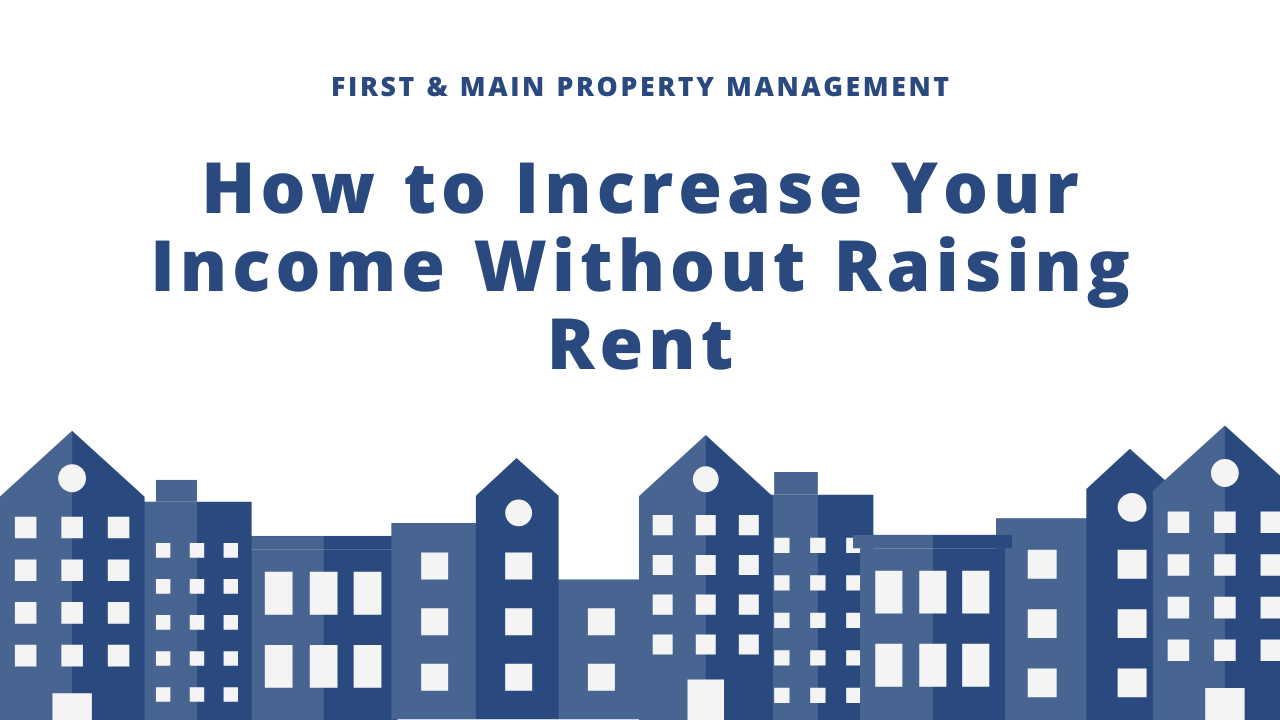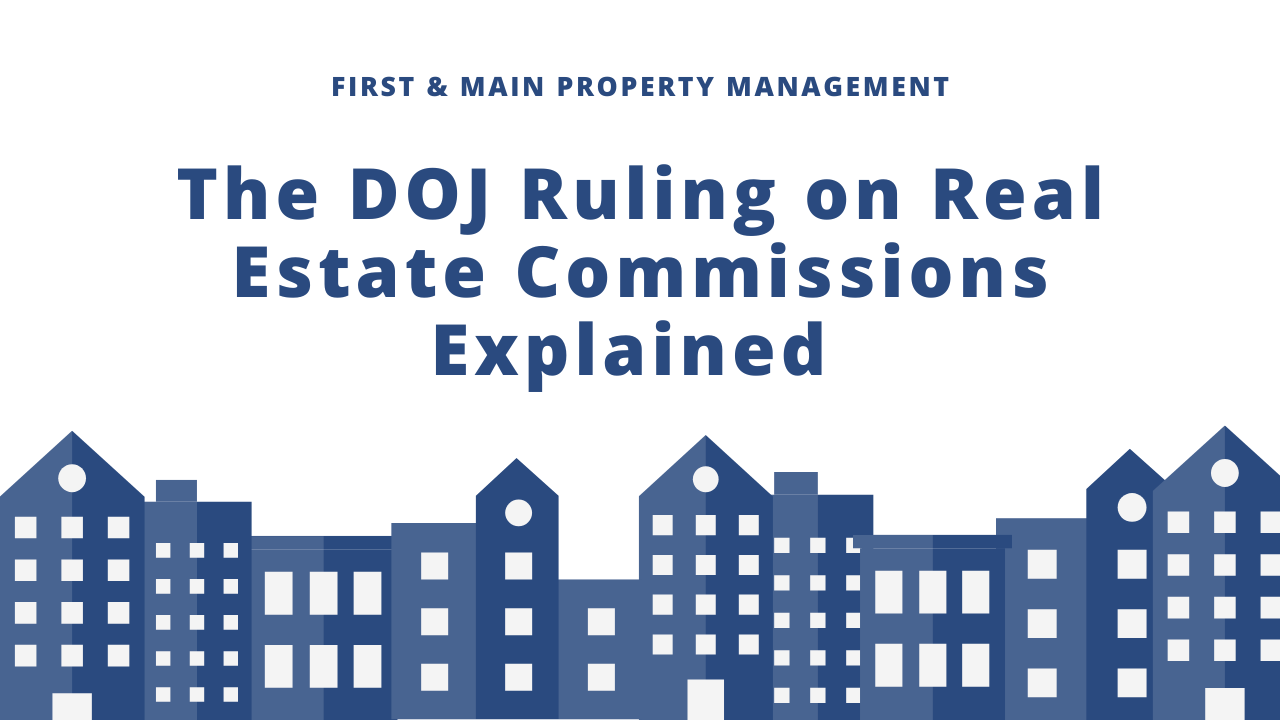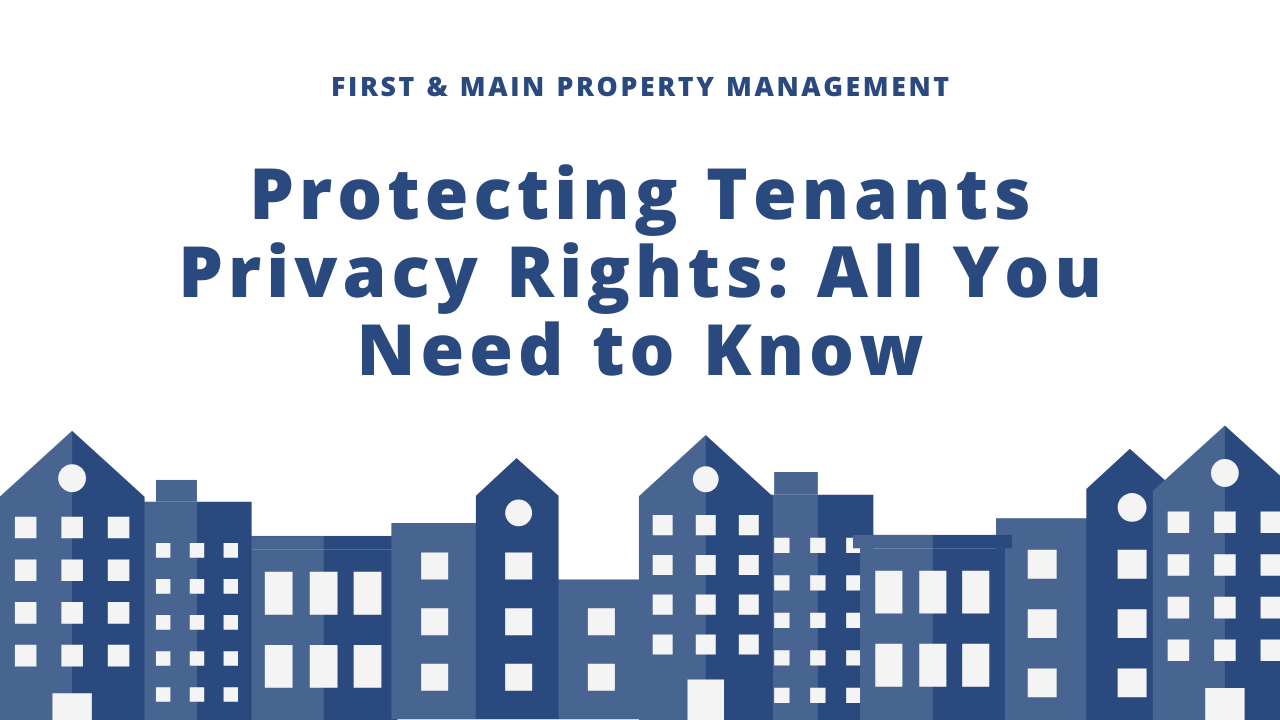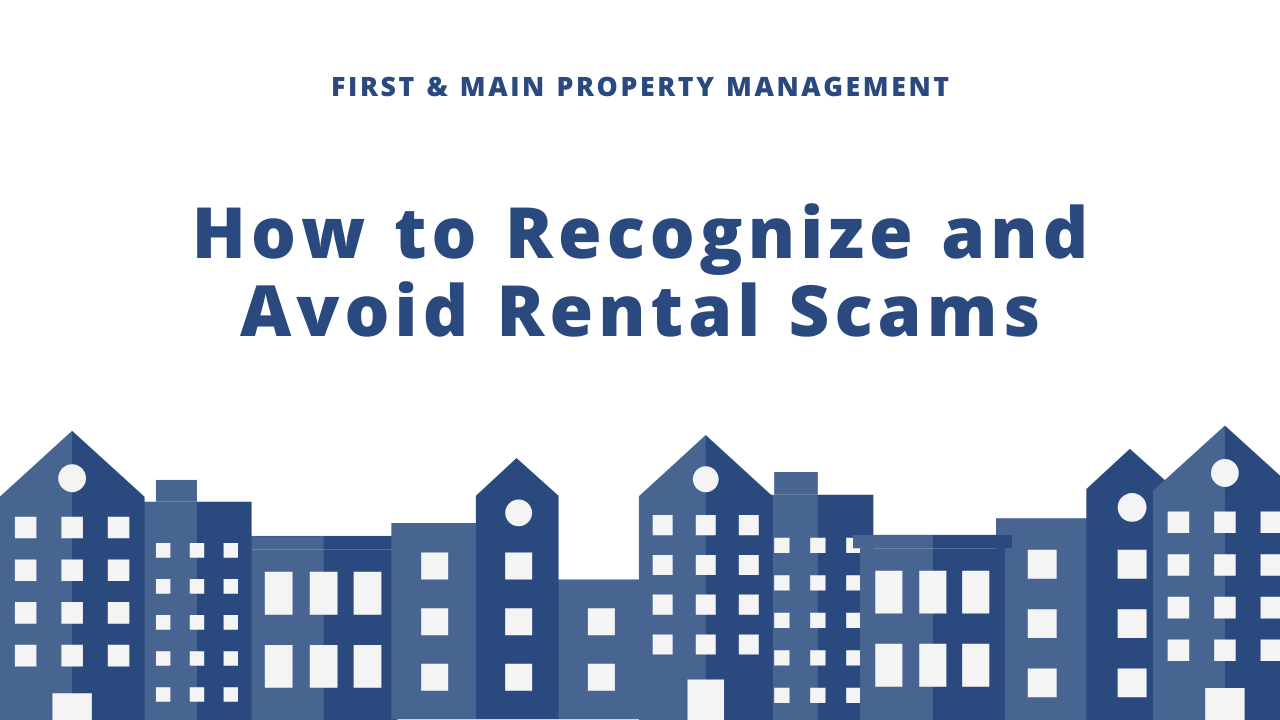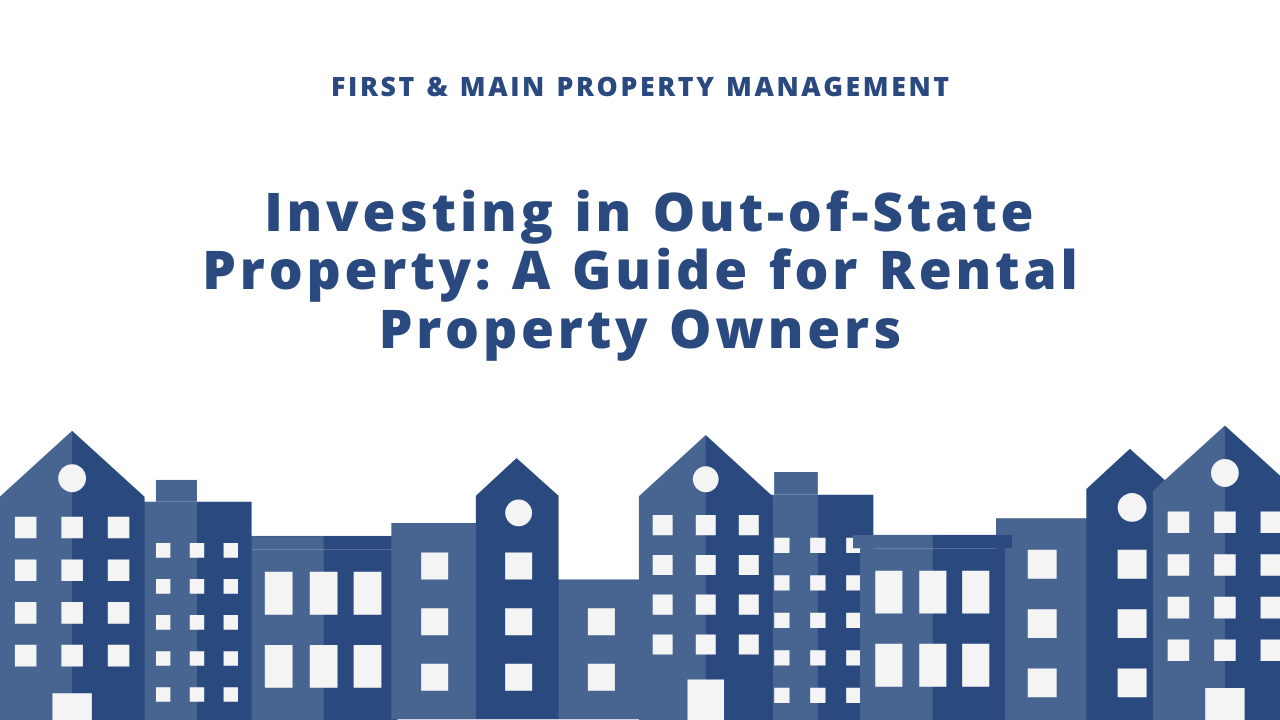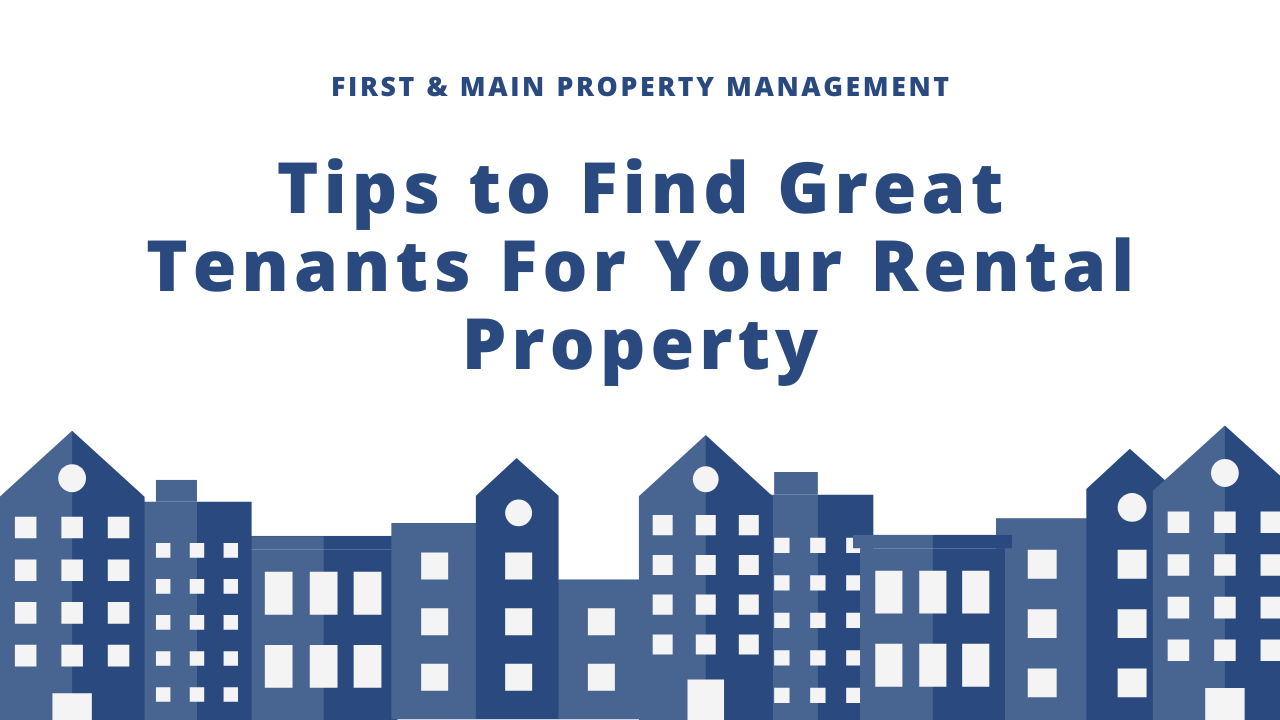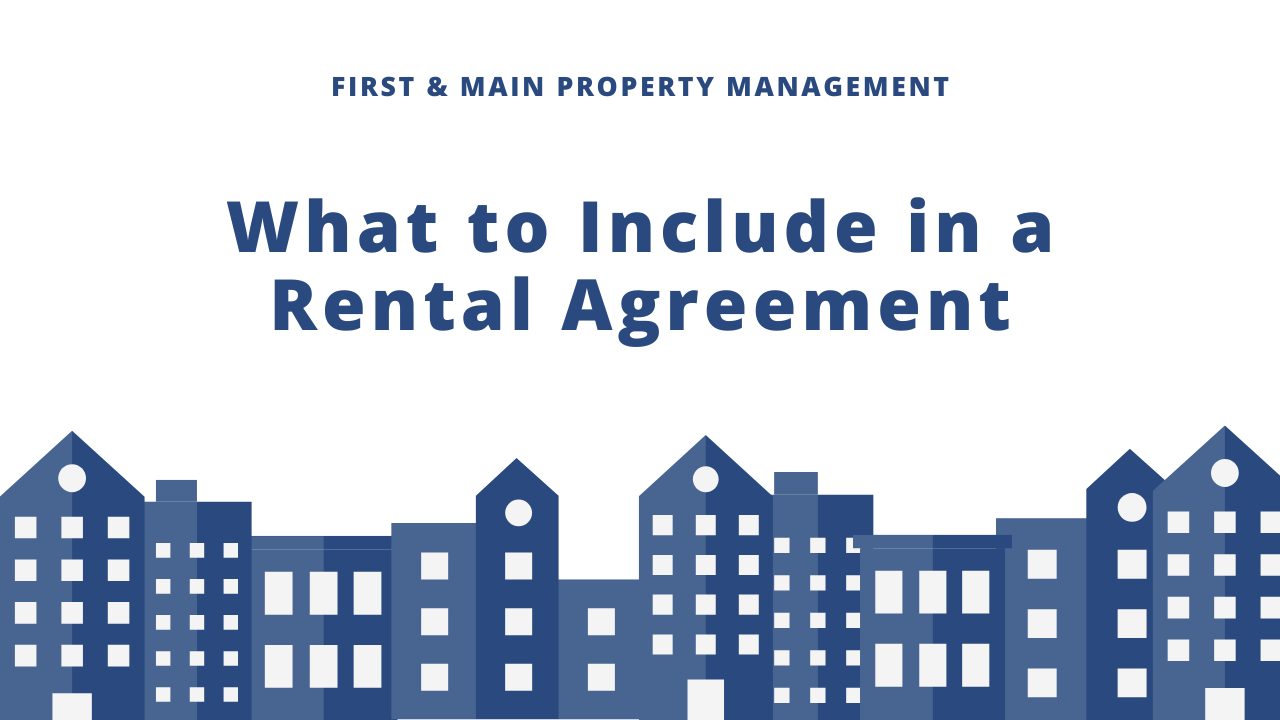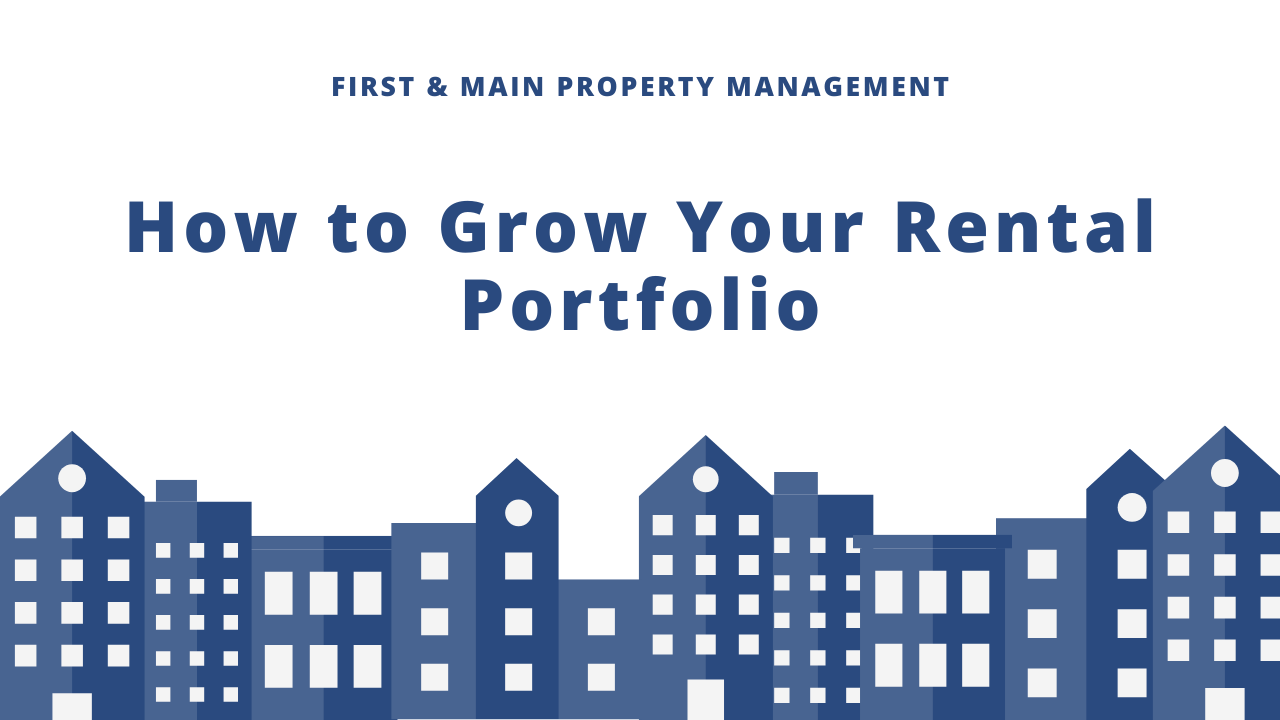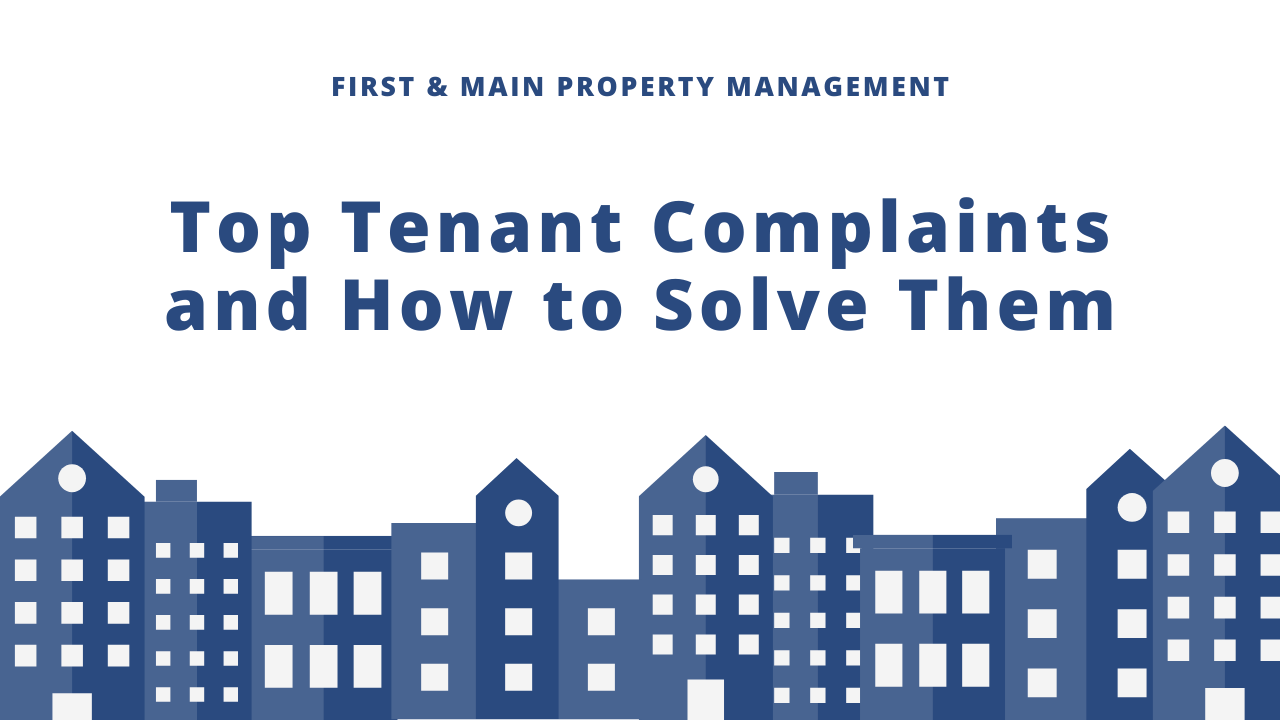How To Write a Good Property Listing
If you own a rental property and are looking to attract long-term tenants, you need to know how to write a good rental property listing. A well-written listing can make all the difference in attracting quality tenants who are willing to pay the rent you want.
Reasons Why Landlords Should Spend Time Writing a Good Property Listing
A good listing can be a valuable tool in helping landlords achieve their goals and grow their rental business. A good rental property listing can have many benefits for landlords, such as:
Attracting High-Quality Tenants
With a well-written listing, you can attract quality tenants who are willing to pay the rent you want to charge.
By providing a clear and detailed description of the property, highlighting its unique features and amenities, and using appealing language, you can grab the attention of potential tenants who are a good fit for the property.
Saving Time and Effort
A good rental property listing can help weed out potential tenants who aren’t a good fit for the property. You need to describe the property's limitations and drawbacks clearly to help potential tenants make an informed decision about whether to pursue the property. This saves you time from having to entertain unnecessary inquiries or showings.
Maximizing Rental Income
You can maximize your rental income by attracting tenants who are willing to pay more for a well-maintained and well-equipped property.

By highlighting the unique features and amenities of the property, you can differentiate it from other properties on the market and justify a higher rental rate.
Building a Positive Reputation
You can build a positive reputation among potential tenants and other industry professionals with a clear and professional property listing.
Property listings should be able to demonstrate your commitment to providing a high-quality rental experience. This can lead to positive word-of-mouth referrals and repeat business.
Effective Tips for Writing a Good Rental Property Listing
Here are some expert tips and important steps to help you write a good rental property listing and advertise your property successfully:
1. Start With an Eye-Catching Headline
Your headline is the first thing potential tenants will see when they come across your listing. Make it short, catchy, and descriptive of your property's best features.
For example, "Luxury Downtown Apartment with Stunning Views" or "Spacious Family Home with Swimming Pool."
By using the right adjectives, you have the power to define the home's architectural style, character, and location, and entice potential buyers to read on for more information about the property.
Make sure not to exaggerate your description and use only words that resonate with the truth about your rental property.
2. Provide a Detailed Description of the Property
In the body of your listing, describe the property in detail. Include the number of bedrooms and bathrooms, the square footage, and any unique features or amenities that make your property stand out. Use descriptive language to paint a vivid picture of what it's like to live in it.

Avoid using vague terms that will make your listing description look like it’s a generic copy. You also need to be truthful when describing the property so make sure that your description is as accurate as possible.
3. Highlight the Location and Nearby Facilities or Amenities
In addition to describing the property itself, highlight the location, as well as the facilities and amenities that are nearby. Describe the neighborhood thoroughly so readers will be able to visualize how it will feel like to live there.
Mention any restaurants, shops, parks, or schools in the area. If the property is close to amenities such as public transportation, don’t forget to mention that too.
4. Use Appealing Language and Avoid Negative Words
Use language that is positive and engaging. Instead of saying "small kitchen," you can say "cozy kitchen." Instead of "basic bathroom," use "modern bathroom with updated fixtures."
Even if your home lacks certain features, try not to mention its flaws in your advertising materials. Your rental property ad must remain positive, with the goal to attract renters.
5. Highlight Your Rental Property’s Unique Features First
Highlighting a rental property's best features is essential. Make sure to include this in your opening statement to pique the interests of prospective renters. Be sure to highlight the rental property’s unique features first. This could include anything from a fireplace to a large patio to a private balcony.
6. Use Bullet Points
To make your ad detailed but brief, it’s best to use bullet points. This strategy can help break up the listing features and make it easier to read.

This will also help potential tenants quickly identify the key features of your rental property, without missing anything.
7. Proofread Thoroughly Before Posting
Make sure to take the time to proofread your ad thoroughly before publishing it. It's crucial to proofread your listing as many times as necessary to detect any grammatical errors or typos.
You may also ask someone you trust to read the listing and give you honest feedback on things that you may need to improve on.
8. Provide Contact Information
Make sure to provide your contact information in the listing. Include your phone number, email address, and any other relevant information that potential tenants may need to get in touch with you. It’s best to provide more than one way to reach you. It’s also recommended to include the best time to call you.
Why Work With a Professional Property Management Company?
Creating a rental property listing on your own can be time-consuming and prone to error. If you don’t want to do this yourself, it’s best to work with a reputable property management company that is knowledgeable about the local rental market, including the rental and Fair Housing laws in your area.
Conclusion
Writing a good rental property listing takes time and effort, but it’s crucial to do so if you want to attract quality tenants and get your property rented out immediately.
With a professional property manager as your partner, you won’t need to worry about writing a good rental property listing and what to include in it because the property manager will do it on your behalf.
Contact First & Main Property Management today if you need help with your rental property marketing and management!

